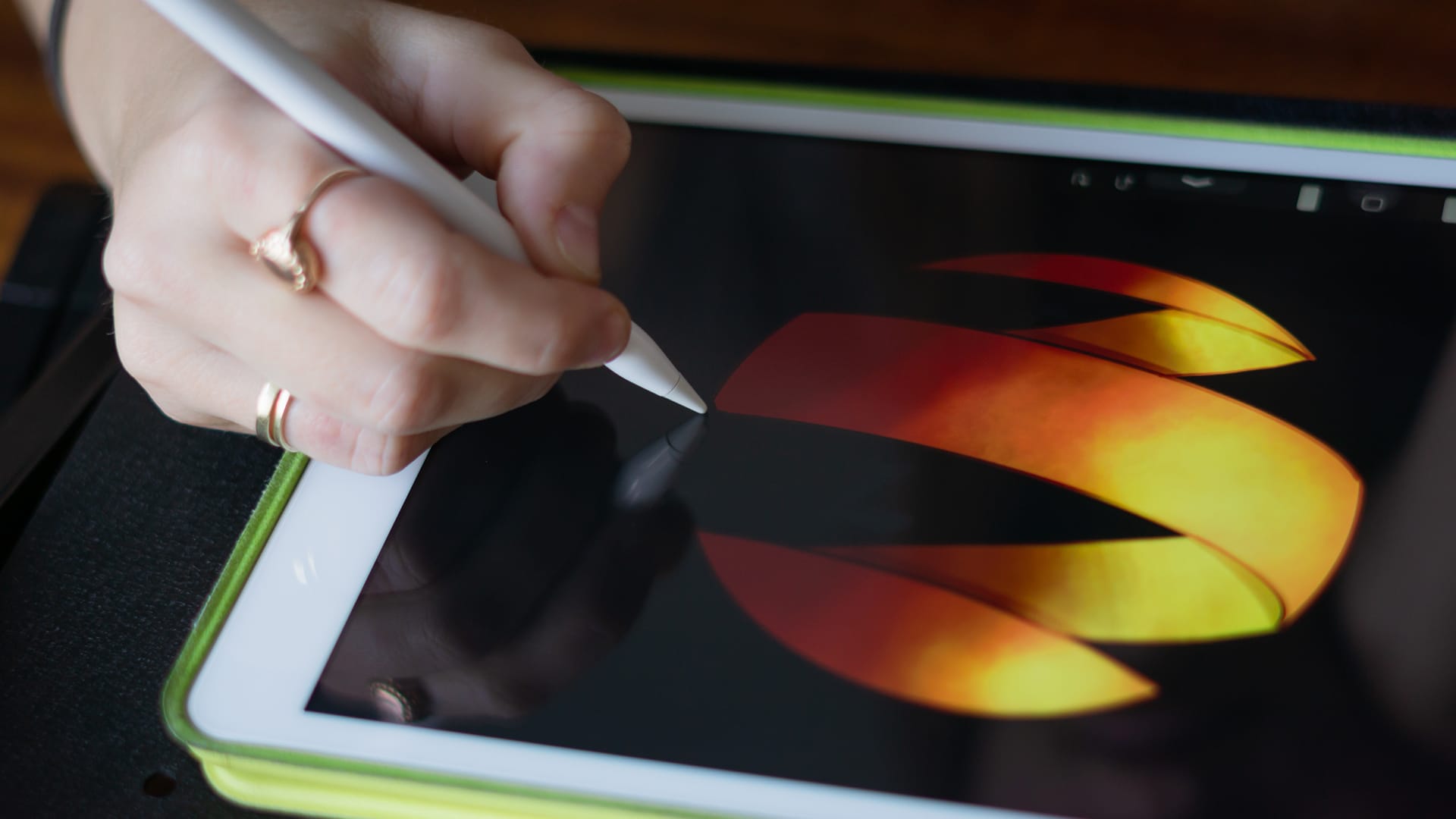
Have you ever finished watching a video and immediately forgot the name of the brand that made it? It happens all the time. Your brain saw the message, but the company name just slipped away. No stick.
Now, think about the few times that did not happen.
You see a logo pop up, maybe it’s a simple ripple. Maybe it’s a clever folding action. Or perhaps a sudden, clean burst of color. That little piece of motion grabs you. It feels polished. It feels professional. That feeling? That is the power of a great animated logo doing its job.
In today’s fast-moving digital world, a static picture is no longer enough. Businesses are in a constant, fierce fight for a two-second moment of focus on social media, video platforms, and their own websites. A logo that moves is a logo that cuts through the noise. It tells a quick story. Most importantly, it stays locked in the user’s mind. It truly is the digital handshake of your brand.
But here is the serious problem most businesses run into: They rush the animation.
They use free, cheap online tools or hire the wrong person just to add flashy, meaningless effects. The result? A logo that looks dizzying, unprofessional, or just plain confusing. This cheap approach actually risks hurting a brand’s reputation more than a simple, clean, static logo ever would.
This guide is for the serious leader, the smart marketing manager, and the entrepreneur who needs to understand the real difference. We will explore the absolute best animated logo design services examples in the world and, more importantly, break down the simple, human-first rules you need to follow to make your own logo a powerful, unforgettable asset.
Movement that Matters (Building Brand Reliability)
A good logo animation is not just about looks. It is about instantly showing the world that your business is serious, experienced, and trustworthy.
1. The Memory Loop: Why We Remember Movement
It’s basic psychology: Humans are wired to remember things that move better than things that are still. It goes back to our survival instincts.
Consider the difference. You can look at a flat, static Google ‘G’. It’s nice. It’s clean.
Now, think about the animated one. It doesn’t just sit there. It does something. It changes into a microphone when you speak. It turns into those little spinning dots when it’s thinking. It changes into simple icons to show their other tools.
The animation isn’t just a fancy effect. It shows the brand’s actions in less than one second. It proves they are a company that adapts and performs. This movement shows deep knowledge and keeps the brand stuck firmly in the viewer’s mind.
2. The Standard for Professional Video
On platforms where video is everywhere, YouTube, social media, company presentations; a strong logo animation is a must.
If your video starts with a professional, short, clean animation, it instantly tells the viewer: “This is a high-quality production.” It communicates an investment and a dedication to detail. This builds confidence in your brand. If the video starts with a blurry, static image that fades in clumsily, the message is instantly less serious.
3. Telling a Story in One Second
A static logo is only the final image. An animated logo is the whole journey—a quick, engaging play in motion. It gives the designer a chance to show the brand’s idea coming together.
- A financial service logo might have different lines clicking together smoothly, showing how money connects.
- A construction company logo might have blocks stacking to form the final structure, proving they build things.
- A consulting firm logo might have its elements smoothly lock into place, communicating efficiency and sharp thinking.
The movement is not just a dance; it is a micro-story that conveys a core feeling about the business.
Lessons from the Best Animated Logos
The greatest animated logos in the world all follow a similar pattern: they are never complicated; they are always very smart. Here are the three main types and what we learn from them.
Type A: The ‘Build-Up’ (Showing the Creation)
This style is perfect for brands that want to show process, quality, or construction. The elements appear one by one until the logo is fully revealed.
1. FedEx: The Subtle Arrow
The classic FedEx logo has a genius detail: a white arrow hidden in the empty space between the ‘E’ and the ‘x’. The animation doesn’t need huge explosions. It often just draws the arrow into place or subtly highlights it as the letters finish moving.
The Simple Lesson: The movement should highlight the smartest part of the original logo. The animation brings attention to the hidden promise, speed and direction (the arrow).
2. The Mastercard Interlocking Circles
Mastercard’s animation is a perfect example of design mirroring purpose. The two red and yellow circles appear and then seem to melt into each other as they overlap. It’s seamless. It feels natural.
The Simple Lesson: The animation itself communicates the brand’s main function: smooth connections and simple transactions. The movement perfectly matches their purpose: connecting two things (a buyer and a seller) easily.
Type B: The ‘Morph’ (Showing Adaptability)
This is where a single shape smoothly changes into the final logo. It shows that the brand is versatile, modern, and always ready to adapt.
1. Google (Yes, Again): The Fluid Change
Google is the ultimate example of the ‘morph.’ The logo elements—the single ‘G’ or the colored dots—are never truly static. They are constantly changing based on what the user is doing. They adapt to the context.
The Simple Lesson: This animation screams versatility and interactivity. The logo doesn’t just exist. It responds to the user. This builds strong confidence and shows they are a brand that moves with the customer.
2. Pinterest: The Perfect Pin-Drop
The Pinterest logo animation often uses a clever motion where the ‘P’ feels like it’s being pinned onto a board. It’s a direct, functional, and smart movement.
The Simple Lesson: The animation copies the core action of the service. It is a quick, visual joke that perfectly explains what the platform does, finding and pinning ideas. This is a very strong application of real-world experience in design.
Type C: The ‘Punch’ (The Energetic Reveal)
These are short, high-impact animations. They aim for pure energy and quick, dramatic attention. Perfect for entertainment, media, and fast-paced brands.
1. Netflix: The Dramatic Ribbon
The famous Netflix intro shows the ‘N’ forming from a deep red, folding ribbon or curtain. It’s fast. It’s dramatic. It feels like the opening credits of a movie.
The Simple Lesson: The animation sets the mood for the experience that is about to follow. It’s not just a logo display; it is a mood-setter.
We know that a truly successful brand strategy demands technical perfection paired with creative vision. If you need a motion identity that is flawless, secure, and strategically sound, then you need to work with true experts.
Contact The Creative Unit (TCU) today to discuss your brand’s needs. If you are looking for best animated logo design services that guarantee quality, strategic design, and a flawless final product, partnering with a proven expert is the smartest investment you can make in your brand’s future.
The Critical Rules for High-Quality Animation
The gap between a brilliant animation and a confusing mess is usually just a few simple rules. If you break these, you risk all the confidence the animation was supposed to build.
Rule 1: It Must Be Short. Very Short.
This rule is non-negotiable. The animation must be a quick snap, not a slow film.
- The Reality: A logo that takes 10 seconds to resolve will cause users to scroll past, skip the video, or just get annoyed. The goal is instant impact. The maximum length for almost all professional brands is 3 seconds. Two seconds is even better.
Rule 2: The Movement Must Honor the Static Logo
Do not let the animation overpower the logo itself. The movement must only enhance the logo you already have. The final frame of the animation must be a crystal-clear display of your normal, static logo.
- The Reason: If the movement is too wild, the user will remember the flashy effect but forget the actual logo. A great animation always settles gracefully into a clean, familiar, and reliable final form.
Rule 3: Quality Over Quantity (Avoid the Gimmicks)
Stop thinking about glitter, fire, electric sparks, or anything that looks like a cheap screensaver. These animations feel outdated immediately.
Actionable Advice: Professionals focus on subtle, smart motions:
- Drawing: Lines tracing themselves quickly.
- Revealing: Elements smoothly sliding into their position.
- Morphing: A clean shape turning into the final logo.
If the animation makes the logo feel heavy, slow, or too busy, it is the wrong choice. The feeling should always be light, professional, and modern.
Rule 4: Pay Attention to Sound (The Audio Tag)
A strong animated logo is rarely silent. The sound is the final touch that finishes the experience.
Think about the sound of the Intel chip logo. Or the famous Netflix’ Tudum’ sound. These sounds are just as important as the motion. They help build instant, powerful brand recognition across different media. They are part of the full best animated logo design services package.
The Professional Process (How Experts Build It)
Creating an animated logo that truly works and strengthens a brand requires a specific, professional process. This is what separates a truly expert product from a rushed, template-based job.
Step 1: Concept and Storyboard (The Foundation)
The first step for any skilled designer is not opening software; it’s asking questions and making a plan. They need to understand the brand’s main idea before drawing anything.
Key Question: What is the single action we want the logo to communicate? (e.g., speed, growth, precision).
- This phase creates a storyboard—a simple, frame-by-frame plan of the movement. Without this plan, the animation will feel random and unprofessional.
Step 2: Choosing the Right Style (2D or 3D?)
The choice between a 2D (flat, motion graphics style) and 3D (realistic, cinematic, with depth) is vital. It must match the brand’s specific style.
- 2D Motion Graphics: This is the most popular, versatile, and generally safest choice. It works for most businesses, especially tech and professional services (like Google).
- 3D Animation: This is for a specific look. Think luxury, automotive, gaming, or high-end entertainment. It costs more and takes longer, but it delivers a premium, cinematic feel (like movie studio intros).
Step 3: Execution and Refinement (Timing is Everything)
The actual animation is done using specialized software. The single most important focus here is timing and pacing.
The way an element smoothly speeds up and slows down (designers call this easing) is what makes the movement feel natural and high-end, rather than stiff and robotic. A professional will spend hours on a 2-second clip just to get that speed and timing perfectly smooth. This is where real skill shows up.
Step 4: Final Delivery (Future-Proofing the Asset)
A truly professional product is delivered in multiple file formats to ensure the brand can use it everywhere:
- MP4 Video: For use as a video intro/outro.
- GIF/WebM: For use on websites and email signatures (for clean looping).
- Lottie/SVG: This is the best practice. It allows web developers to use the animation on websites for super-smooth, high-quality motion that has a tiny file size.
This flexibility ensures that the client who has paid for the best animated logo design services can use their asset across every single platform. It is what defines a high-value, long-lasting asset.
Final Word!
Invest in the Memory
In a world where thousands of messages are fighting for a customer’s attention every day, an animated logo is the easiest and fastest way for a business to cut through the noise and make a lasting mark. It is not an expense; it is a core investment in your brand’s memory, its perceived professionalism, and its overall standing.
Remember that the goal is never just to make the logo move. The goal is to make the movement mean something. When you seek out the best animated logo design services, you are choosing to turn a simple image into a powerful piece of micro-storytelling that welcomes, engages, and creates trust with your audience. Do not settle for a confusing, forgettable gimmick. Demand a clear, memorable, and expertly crafted asset that works hard for your business every single day.

